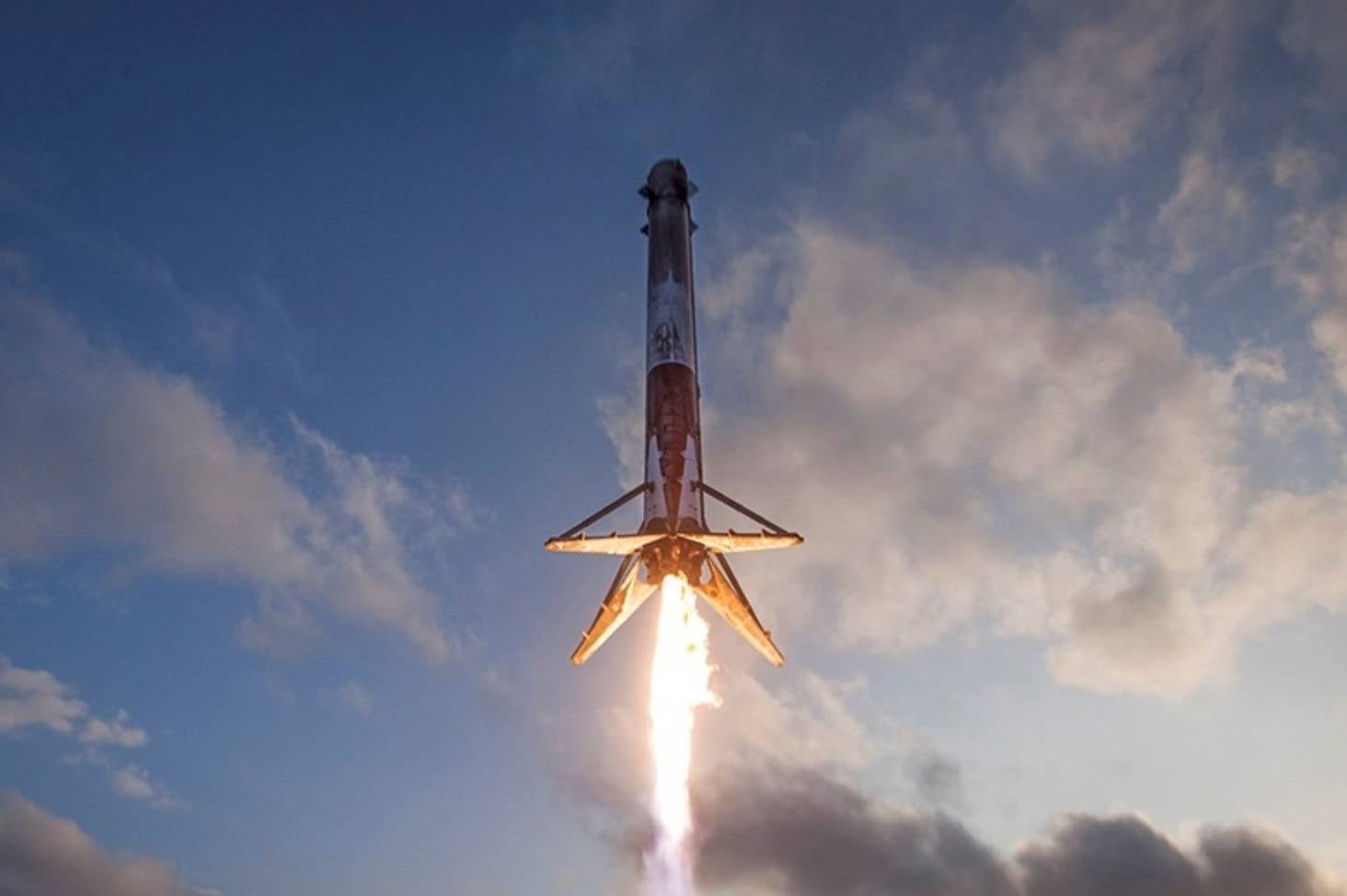Many people are aware that launching rockets into space is a monumental undertaking. That’s why, whenever we come across anything complicated, we casually refer to it as “rocket science.” Even a little mistake or a second’s delay may derail a rocket launch and result in it exploding in flames. SpinLaunch, on the other hand, intends to reinvent the traditional launch procedure in such a manner that such explosions are effectively eliminated.
SpinLaunch is an American space technology company that is experimenting with a new way to launch rockets. Instead of burning fuel, its Orbital Launch System shoots a reusable projectile into orbit using electricity-powered kinetic force. As a result, it provides a long-term alternative to what we now have.
This launch mechanism is plainly not appropriate for human passengers due to the nature of its approach. Nonetheless, it is a highly cost-effective method of launching payloads into orbit. The Suborbital Accelerator is an important part of SpinLaunch’s Orbital Launch System. It’s the biggest span vacuum chamber in history, standing 165.3 feet (50.4m) higher than the Statue of Liberty.
It is where the mechanism that swings a rocket at the speed of sound before ejecting it into the sky is housed.
The Hypersonic Tether spins and swings the launch vehicle tethered to one end of the chamber. While within the accelerator, it may achieve speeds of up to 5000mph. The vehicle is automatically ejected through an escape tunnel once it achieves the proper launch speed.
Aside from launch services, the space technology firm also produces low-cost satellites. The design of these “space systems” is compatible with the aforementioned launch method, according to the official homepage. In addition, the business claims that in its ultimate configuration, it will be able to carry up to 200kg (440lbs).
Read More: Russia Warns: International Space Station could crash if Sanctions are not lifted
SpinLaunch successfully demonstrated the Orbital Launch System for the first time in October 2021. As the unique launch technology takes form, further test flights are planned for 2022. If this method of delivering satellites and other equipment to space becomes widely utilized, we should anticipate a large reduction in rocket failures in the future. What are your thoughts on this brilliant rocket-launching system? Let us know in the comments section below.

